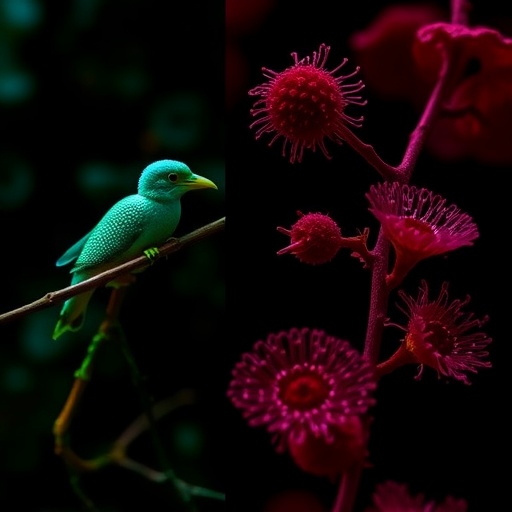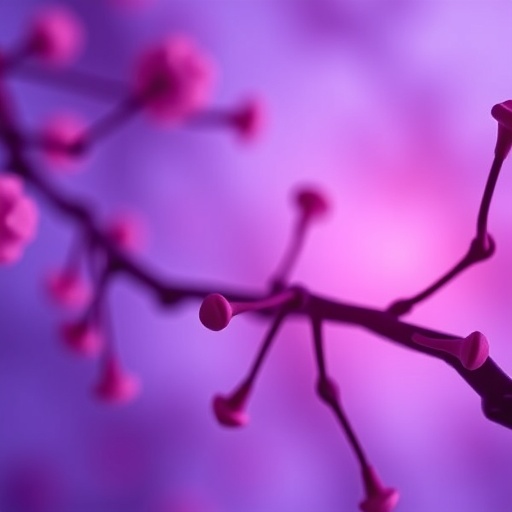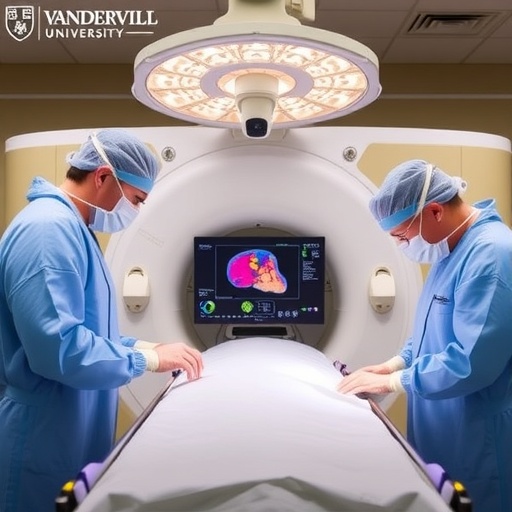
In the intricate realm of cancer research, understanding the microenvironment in which leukemia cells reside is critical. The challenge posed by the uniquely hypoxic conditions of the bone marrow is profound, influencing both the progression of leukemia and the resistance that cancer cells often exhibit to therapies. Recent advancements have highlighted the benefits of co-cultivating leukemic cell lines with various feeder cells to mimic the biological context of the bone marrow niche. This exploration aims to unravel the complex interactions between leukemia and its surrounding cellular environment, an area of study which has significant implications for therapeutic developments.
At the heart of this investigation lies the analysis of human-derived commercial SD-1 and patient-derived UPF26K leukemic cell lines as they are co-cultured with feeder cells such as normal human dermal fibroblasts (NHDF) and mesenchymal stem cells (hMSCs). The inherent differences between cell lines provide a unique opportunity to study their varying responses under both normoxic and hypoxic conditions. The dynamics at play are rooted in the metabolic shifts that occur during co-cultivation, particularly in response to oxygen availability, which is a critical factor in cellular behavior.
Researchers noted that when SD-1 leukemic cells were co-cultivated alongside feeder cells, there was a significant increase in their proliferation rates and overall glycolytic activity. This interaction appears to enhance the viability of these particular leukemic cells, allowing them to thrive even in conditions that otherwise would be detrimental. However, this metabolic boost comes at a cost to the feeder cells, particularly NHDF, whose growth and glucose metabolism are inhibited during the interaction. This illustrates a stark contrast in the survival strategies between the leukemic cells and their supporting microenvironment.
In a surprising twist, the behavior of the UPF26K leukemic cells diverged dramatically from that of the SD-1 cells. As these cells were co-cultivated with feeders, a notable reduction in their proliferation was observed. This decline in growth was accompanied by a stimulation of both NHDF and hMSCs, which saw an uptick in their proliferation and glycolysis as a direct result of the interaction. However, this stimulation was met with a simultaneous decrease in mitochondrial metabolism, particularly pronounced under hypoxic conditions. The amplification of these effects under low oxygen levels underscores the complexity of cellular interactions in the bone marrow niche.
The findings from this research carry important implications for therapeutic strategies aimed at treating leukemia. The heterogeneity in response observed among different leukemic cell lines highlights the need for personalized approaches in treatment, particularly those that take into account the oxygen levels and microenvironmental interactions. The striking differences in metabolic adaptation between the two leukemic cell lines can inform future research and therapy designs, paving the way for interventions tailored to specific cellular behaviors associated with varying microenvironments.
An additional aspect of the research pointed to the potential for co-cultivation models not just to enhance the understanding of primary leukemic cells, but also to serve as platforms for testing novel therapies. Innovations in co-cultivation systems, including the development of three-dimensional spheroid cultures, may provide deeper insights into the behavior of leukemic cells in situations that more closely mimic their native environments. This represents a promising frontier in cancer research, where the complexity of cell interactions can be more effectively replicated and studied.
As researchers continue to explore the nuances of leukemia and its interactions with different feeder cells, the results of such studies offer valuable insights that extend beyond basic science. The ultimate goal remains to translate these findings into clinical applications that can improve treatment outcomes for patients suffering from leukemia. There is a concerted effort to bridge the gap between laboratory discoveries and practical therapies, ensuring that the wealth of knowledge gained in the lab can benefit those in need.
The intricate dance of cellular interactions within the hypoxic bone marrow microenvironment is a testament to the complexity of cancer biology. Understanding how leukemic cells adapt and thrive under such conditions not only sheds light on disease progression but also informs the development of more effective treatment modalities. In this pursuit, ongoing research is crucial, as it informs how future therapies can be developed to counteract the resistance mechanisms that leukemia cells exhibit.
As cancer research progresses, it becomes increasingly evident that the road to effective treatments is paved with a thorough understanding of the cellular environments that tumors inhabit. The studies in co-cultivation illustrate the potential for groundbreaking discoveries that may not only enhance our knowledge of leukemia but also pave the way for the next generation of therapeutic interventions. As new experimental models and methodologies are developed, they hold the promise of revealing deeper insights into the dynamics of cancer cells, ultimately leading to improved outcomes for patients faced with this challenging disease.
The collaboration between bench scientists and clinical researchers will be key in harnessing these insights into tangible therapies. As therapies evolve, staying attuned to the biological nuances presented by the interactions between leukemic and feeder cells can be central to innovating beyond current treatment paradigms. In summary, the rich landscape of leukemia research continues to unfold, driven by the complexities of cellular interplay, metabolic adaptation, and the quest for more personalized cancer therapies.
While the path may be fraught with challenges, the potential for transforming leukemia treatment through novel research approaches is an exhilarating frontier for science. Each study brings with it the possibility of better understanding, increased hope for patients, and ultimately, advancements that could redefine how leukemia is treated moving forward.
Subject of Research: Interactions between leukemia and feeder cells in hypoxic environments.
Article Title: Interactions between leukemia and feeders in co-cultivation under hypoxia.
Article References: Sikorová, M., Klener, P., Tonarová, P. et al. Interactions between leukemia and feeders in co-cultivation under hypoxia. BMC Cancer 25, 678 (2025). https://doi.org/10.1186/s12885-025-13988-2
Image Credits: Scienmag.com
DOI: https://doi.org/10.1186/s12885-025-13988-2
Keywords: leukemia, hypoxia, co-cultivation, feeder cells, cellular interactions, cancer therapy, glycolysis, metabolic adaptation, bone marrow microenvironment.
Tags: advancements in leukemia treatment researchco-cultivation of leukemic cell linesfeeder cells in bone marrow nichehuman-derived leukemic cell lines analysishypoxic conditions in cancer researchleukemia microenvironment interactionsmesenchymal stem cells and leukemiametabolic shifts in co-cultured cellsnormal human dermal fibroblasts in researchresistance of leukemia to therapiesresponses of cancer cells to oxygen levelstherapeutic implications of leukemia studies






